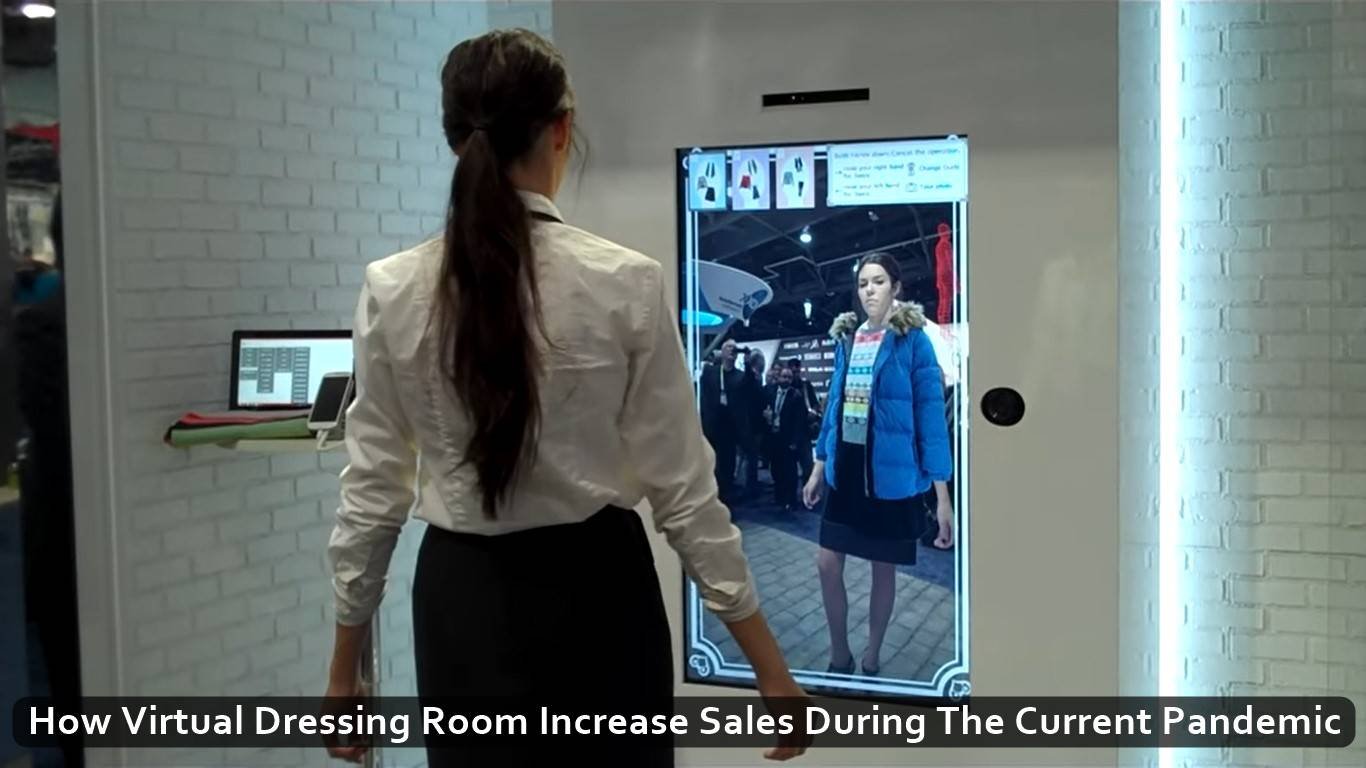COVID-19 has altered the way people behave daily throughout the world and nowhere is this more evident than in brick-and-mortar shopping. For decades, businesses have experimented with numerous customer engagement tactics to entice customers in and allow them to peruse samples and linger as long as they want.
However, the pandemic has made nearly all those experiences dangerous and unwelcome. The need to try on clothing, jewelry, makeup, and other wearable things takes precedence over personal safety. Let’s learn more in this weblog!
After assessing the benefits and drawbacks, choose your technology:
Whether it’s augmented reality (AR) or artificial intelligence, merchants can approach dressing rooms in various ways (AI). AR allows customers to try on a garment or accessory before purchasing it digitally.
For example, a company provides an AI-powered dressing room interface that allows customers to design their appearances by mixing and matching garments on models who resemble them. Every technological choice has its own set of benefits and drawbacks. AR is fantastic to explore accessories, but it may not suit garments and display fashion and fit.
Assemble Your Data:
The retailer’s imagery is only as good as the virtual changing room. For high-quality output, retailers need high-quality product photos shot on mannequins, especially for AI-driven interfaces. Retailers who want to use AR to create fitting rooms should create 3D assets of their inventory. They should also keep in mind that AR relies on the lighting and technology available to the customer.
The effect can be lackluster if the lighting or technology the buyer is using isn’t advanced enough, which may deter them from making a purchase. Retailers may enhance conversions, increase basket size, and gain valuable data insights on their customers by investing in virtual fitting rooms, allowing them to provide even better shopping experiences. Furthermore, virtual fitting rooms enable retailers to further bridge the gap between offline and online shopping experiences while providing customers with a safe and pleasurable purchasing experience.
Boost conversions:
In 2017, 62 percent of buyers preferred in-store shopping because they could view, touch, feel, and try things. Retailers can use virtual dressing rooms to assist customers in determining size, fit, and style, allowing them to make more educated purchasing decisions. With virtual dressing rooms, buyers may choose a digital model in a skin tone, size, and body type that is relatable to them, allowing shops to finally offer genuinely inclusive and diverse shopping experiences to their customers.
Convert casual browsers into consumers:
Eighty-eight percent of shoppers do their research online before making a purchase, and 49 percent of consumers think cell phones have impacted how they shop. Retailers can turn these casual surfers into fashion e-commerce customers by creating personalized, inclusive, engaging changing room experiences.
Also, remember that 66% of customers will not buy from a website if the material does not speak to their particular interests.
Bottom Line:
Retailers may enhance conversions, increase basket size, and read valuable insights on their customers by investing in virtual fitting rooms, allowing them to provide even better shopping experiences.
Furthermore, virtual fitting rooms allow retailers to further bridge the gap between offline and online shopping experiences while providing customers with a safe and pleasurable purchasing experience.





